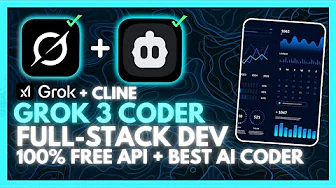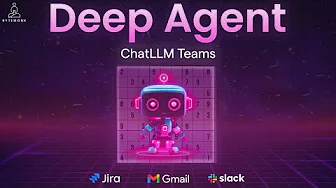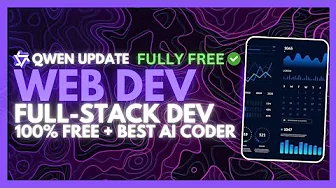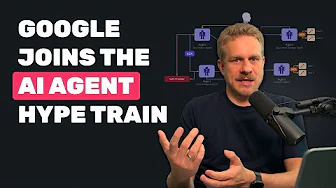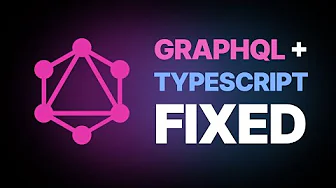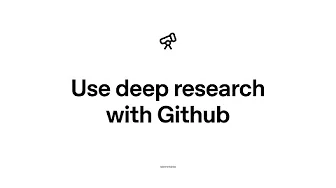API Design & Development
Best practices, standards, and implementation guides for designing robust, scalable, and developer-friendly APIs represent essential knowledge for creating interfaces that stand the test of time and changing requirements. Well-designed APIs follow consistent naming conventions, use appropriate HTTP methods for different operations, and implement standardized status codes that communicate outcomes clearly to consuming applications. RESTful API design principles emphasize resource-oriented architecture with intuitive URL structures that reflect business entities rather than technical implementations, allowing developers to navigate endpoints logically without extensive documentation. Versioning strategies must be carefully considered from the outset, as they determine how APIs can evolve without breaking existing client integrations—options include URI path versioning, header-based approaches, or content negotiation mechanisms, each with distinct trade-offs between simplicity, visibility, and backward compatibility. Security considerations permeate every aspect of API design, from authentication methods like OAuth 2.0 and JWT tokens to authorization models that enforce granular access controls, rate limiting to prevent abuse, and input validation practices that protect against injection attacks and unexpected data. The most successful APIs provide comprehensive documentation featuring interactive examples, clear parameter descriptions, and realistic response samples, often using specification formats like OpenAPI or RAML that can generate client libraries and enable automated testing. Performance optimization focuses on response payload design, including pagination for large data sets, selective field inclusion mechanisms, and efficient data formats, while caching strategies with appropriate cache headers reduce latency and server load for frequently accessed resources.


